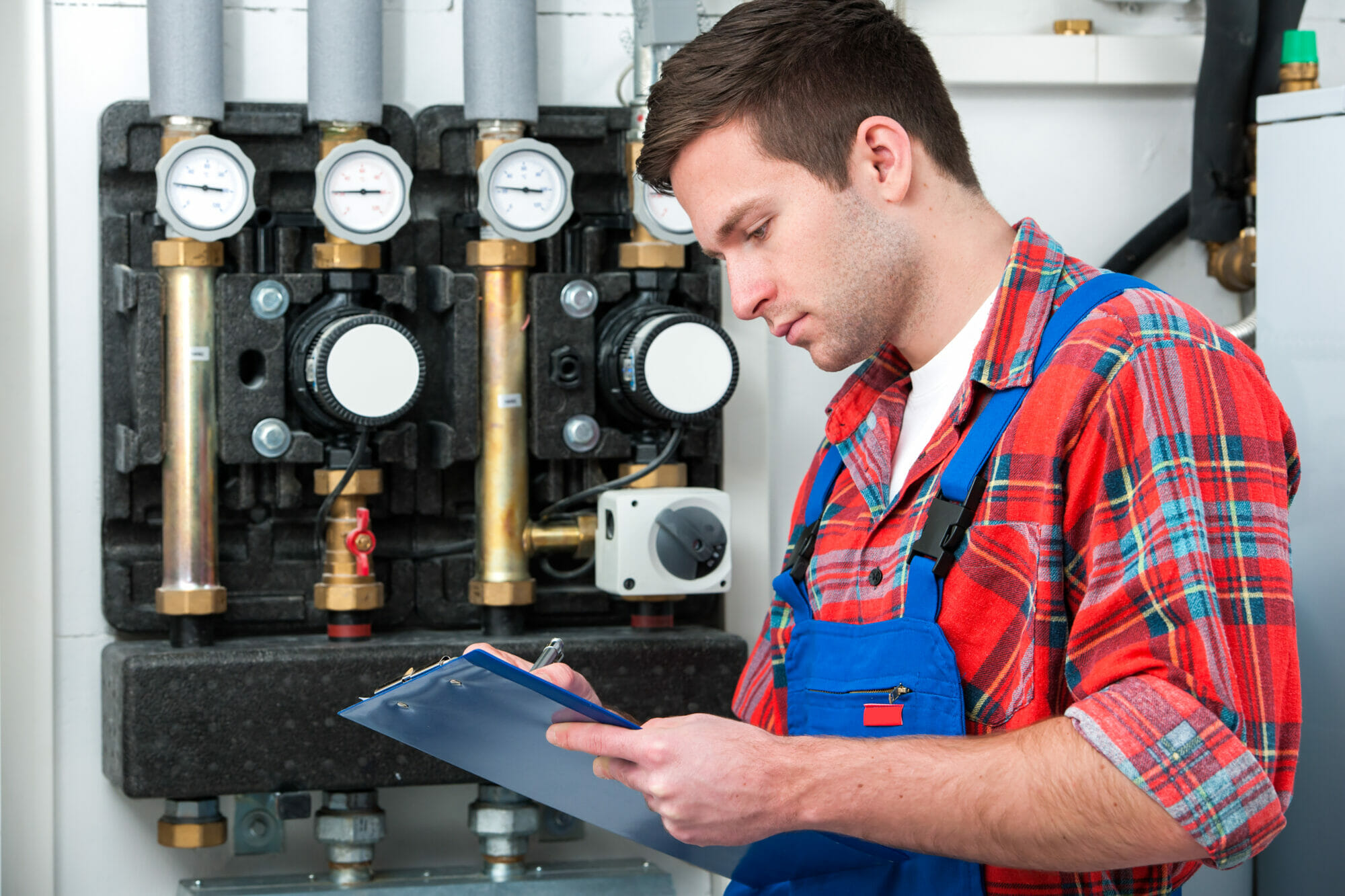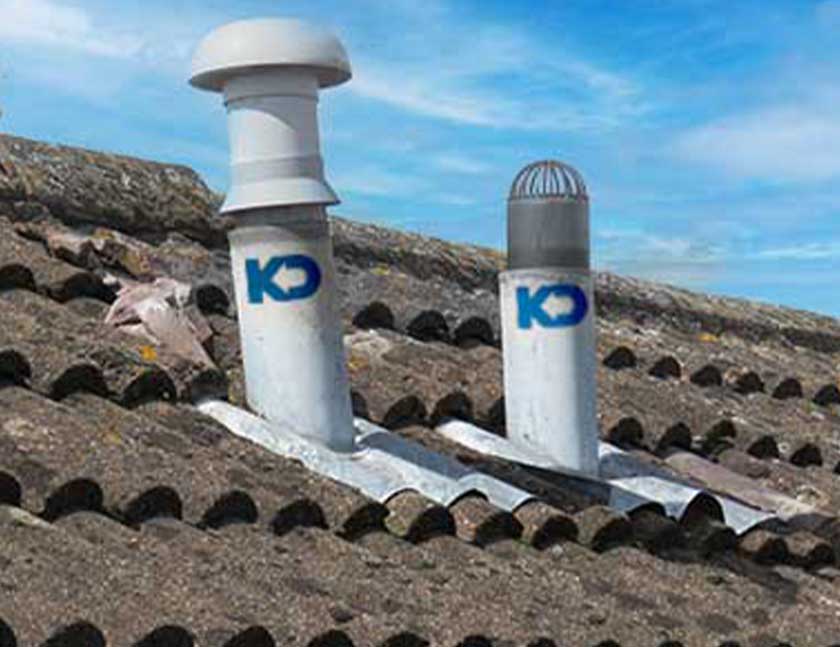The Essential Role of Adequate Ventilation in Plumbing Systems
The Essential Role of Adequate Ventilation in Plumbing Systems
Blog Article
Just about everyone will have their private conception about What Is A Plumbing Vent & How Do They Work?.

Correct ventilation in pipes systems is commonly overlooked, yet it is essential for keeping the functionality and safety of your home's plumbing. Ventilation assists manage atmospheric pressure, prevent the buildup of hazardous gases, and make certain the effective elimination of waste. In this overview, we will certainly check out the value of proper pipes air flow, how it works, and the advantages it brings to your plumbing system.
Recognizing Ventilation in Plumbing
Ventilation in pipes refers to the network of pipelines that permit air to stream with the water drainage system. These vents offer several functions, including controling air pressure within the pipelines, protecting against sewer gases from getting in the home, and aiding in the smooth circulation of wastewater.
How Ventilation Functions in Plumbing Systems
Atmospheric Pressure Guideline
Appropriate ventilation keeps balanced atmospheric pressure within the pipes system. When water flows through pipelines, it displaces air. Without adequate air flow, this displacement can develop unfavorable stress, resulting in reduce drains or siphoning of water from traps, which can trigger undesirable smells to permeate into the home.
Avoiding Sewage System Gas Buildup
One of the most critical functions of plumbing vents is to prevent drain gases, such as methane and hydrogen sulfide, from collecting within the home. These gases can pose major health and wellness dangers and are extremely flammable. Vent pipelines allow these gases to get away safely outside.
Aiding in Waste Elimination
Ventilation helps in the reliable elimination of wastewater by avoiding airlocks in the drainage system. When air can flow openly via the vents, it allows water and waste to stream smoothly with the pipes, minimizing the threat of clogs and back-ups.
Kinds Of Pipes Vents
Key Stack Vent
The primary pile vent, also called the air vent stack, is the primary vent in a pipes system. It extends from the major drain align via the roof, permitting gases to get away and fresh air to get in the system.
Branch Vent
Branch vents connect to the major pile air vent and offer individual components, such as sinks, toilets, and showers. These vents guarantee that each fixture has appropriate air flow to work properly.
Air Admittance Shutoff (AAV).
An Air Admittance Shutoff (AAV) is a one-way shutoff that enables air to go into the plumbing system without the demand for a typical air vent pipeline prolonging with the roofing system. AAVs are typically made use of in remodellings or locations where installing a basic air vent is unwise.
Indications of Poor Air Flow in Pipes.
Slow Draining Fixtures.
If your sinks, bathtubs, or bathrooms are draining gradually, it could be a sign of inadequate air flow. Insufficient air circulation can produce a vacuum effect, making it challenging for water to drain pipes properly.
Gurgling Appears.
Gurgling audios originating from drains are typically a result of air being sucked with water traps due to unfavorable stress in the pipes. This is a clear sign of insufficient air flow.
Unpleasant Smells.
Drain odors inside your home are a red flag that your plumbing system is not appropriately ventilated. This might indicate that drain gases are not being properly aired vent outside, leading to potentially hazardous conditions.
Typical Air Flow Errors.
Inadequate Vent Sizing.
Utilizing small vent pipelines can bring about poor air flow and stress inequalities in the system. It's essential to use vents that satisfy the particular demands of your pipes system.
Improper Vent Positioning.
Positioning vents too much from the components they serve can minimize their effectiveness. Appropriate positioning guarantees that air can move openly and successfully through the system.
Ignoring Code Requirements.
Building codes give particular guidelines for plumbing air flow. Ignoring these codes can cause a system that fails to work correctly and may cause costly fixings or health hazards.
Advantages of Correct Air Flow.
Boosted System Performance.
Correctly aerated plumbing systems run much more successfully, with less clogs, faster draining pipes, and much less strain on the pipelines. This effectiveness extends the lifespan of the plumbing system.
Improved Air High Quality.
By protecting against sewer gases from entering your home, appropriate ventilation adds to better interior air high quality, making your living atmosphere healthier and extra comfortable.
Avoiding Water Damage.
Sufficient ventilation helps prevent water from being siphoned out of traps, which can result in sewer gases entering the home and causing water damage over time.
Steps to Make Certain Appropriate Air Flow.
Consulting Pipes Codes.
Always seek advice from neighborhood plumbing codes when creating or modifying your plumbing system. These codes give the necessary guidelines for correct airing vent and ensure your system satisfies security criteria.
Regular Inspection and Maintenance.
Regular inspections can help determine prospective air flow concerns before they come to be major problems. Maintenance tasks, such as cleaning vent pipes and looking for blockages, are important for maintaining the system in good working order.
Expert Installation.
For brand-new installments or significant modifications, it's smart to employ a professional plumbing. They have the proficiency to guarantee the ventilation system is properly made and installed according to code.
Verdict.
Appropriate ventilation is an essential element of any plumbing system, making sure that it works efficiently and securely. By recognizing the significance of ventilation, identifying the indicators of bad ventilation, and taking steps to keep your system, you can prevent costly issues and secure your home's air top quality.
What is a Plumbing Vent and it's used for?All plumbing systems in residential and commercials construction have a plumbing vent. It doesn’t just vent unwanted odors from the drainage system to the outside; it actually serves an important purpose by supplying air to the system.
The plumbing drainage system is actually called a drainage, waste and vent (DWV) system. When water flows down the piping, an air supply (vent) is needed to allow the water to flow. Think of the vertical pipe as a drinking straw. If you plug the top end of a straw, liquid won’t drain from it.
The DWV system in your building consists of a series of pipes connected to each fixture; they extend above each fixture, and the system terminates at an open pipe that extends through the roof. This piping allows air into the system and prevents unbalanced pressures in the piping.
?The vent also prevents the system from drawing water out of a trap at the fixture with the characteristic “glug-glug-glug” as the drain gasps for air. Plumbing traps should drain smoothly and never “glug” or gasp for air.
If you have a drain that empties slowly or gurgles as it drains, this may indicate a venting problem. If you flush a toilet and the sink gurgles, there’s definitely a vent problem. It is good idea to have a Plumber check this.
https://www.ameliashomeinspection.com/blog/what-is-a-plumbing-vent-and-its-used-for

I'm just very excited about and I am assuming you enjoyed the entire article. If you appreciated our article kindly do not forget to pass it around. Kudos for being here. Revisit us soon.
Check This Out Report this page